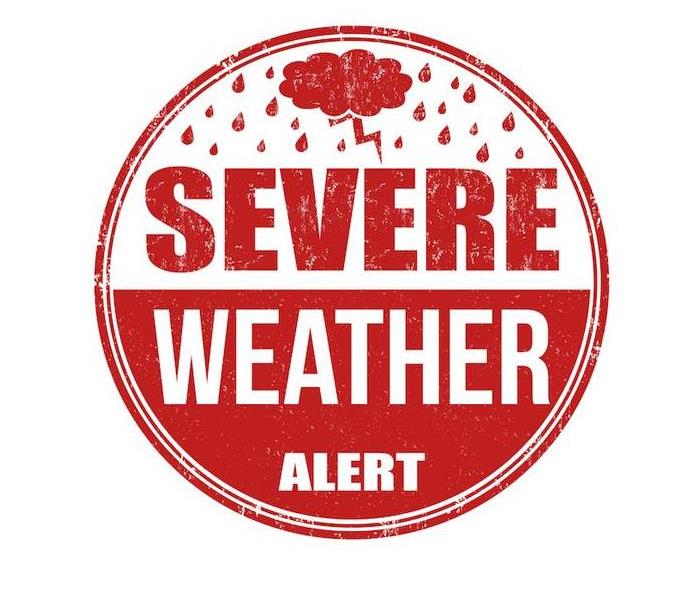Understand Storm Warnings to Best Prepare for Severe Weather | SERVPRO® of East Greenville County
7/13/2022 (Permalink)
There are about 42 different types of weather warnings, each classified into seven different categories. This is a lot of information to become familiar with, especially in the midst of what could be a severe storm!
Knowing what a warning or advisory issued in our area means can help you know what shelter to take and how soon to take it. You can also ready your home to best protect you and your property.
While having a general understanding of any weather scenario is beneficial, it is critical to understand the weather that can have the strongest impact on Greenville and the surrounding area.
So, how do weather warnings get sent out in the first place? After all, weather forecasts are just predictions, so how are the severity, location, and duration of a storm monitored? Many factors affect why and when you receive a weather alert.
The National Weather Service is responsible for weather predicting and, as a result, issuing any important alerts. There are six regional offices around the nation that issue these warnings, which allows alerts to be more localized.
To make forecasts, NWS meteorologists and other professionals use a variety of data sources, including satellite radar, sensors, seismic activity meters, and even solar activity. While the type of data used varies depending on the intensity of the weather event, the goal is to be as comprehensive and precise as possible.
Understanding the distinction between a “watch” and a “warning” is essential to knowing what precautions to take. This is language that is used in almost all weather warnings, including thunderstorms, strong winds, and tornadoes.
A watch means to begin preparing for a developing storm that could become more severe. Watches are often issued within a large area, while a warning is issued in a smaller area, such as a county or city. A severe storm is approaching, and you should take precautions to keep yourself safe and protect your home.
It’s also important to understand what types of weather our local community faces regularly so that you can better understand any alerts that may be issued during these weather events. Expect weather hazards like thunderstorms, winter storms, flooding and the occasional wildfire in Greenville. Keep an eye out for alerts related to these kinds of weather conditions so you can prepare your home before severe weather strikes!
Being aware of the weather alerts you may receive is the key to protecting yourself and your home from severe weather, but there are many precautions you can around the house to reduce damage.
Cleaning out your gutters and fastening or storing your outdoor furniture are two precautions you should take before storms hit to lessen flood damage and wind damage. Locate a safe shelter with supplies and have an evacuation plan in case you need to relocate your family.
If you’re left with property damage after a severe storm, contact SERVPRO! We’re here to serve you 24⁄7 and can begin repairs to your home as fast as possible.
The more you know about the weather in our area, the better prepared you will be for any weather alert. Understand the different warnings that may be issued in your neighborhood and beyond so you can survive any weather that may occur.
Experienced storm damage to your home or property? Contact us today for a quick response!






 24/7 Emergency Service
24/7 Emergency Service
